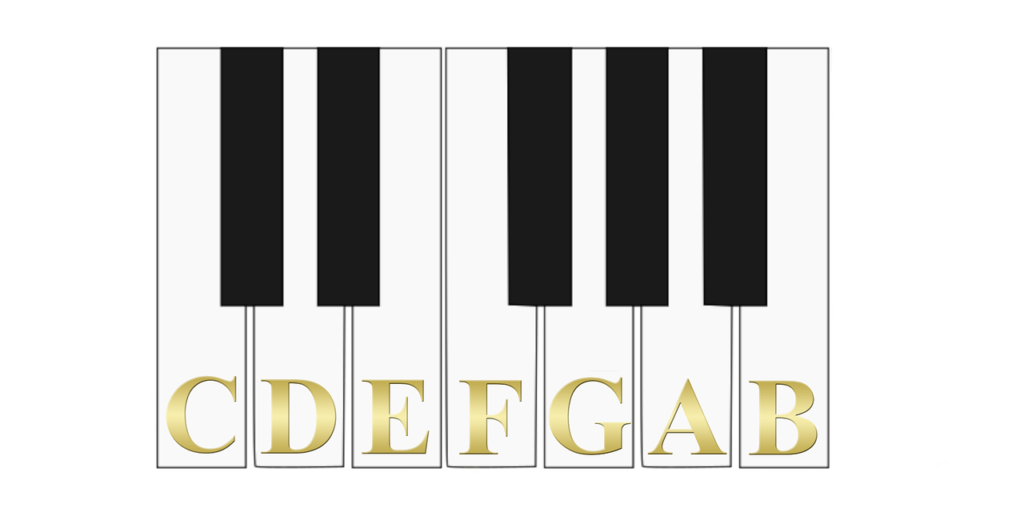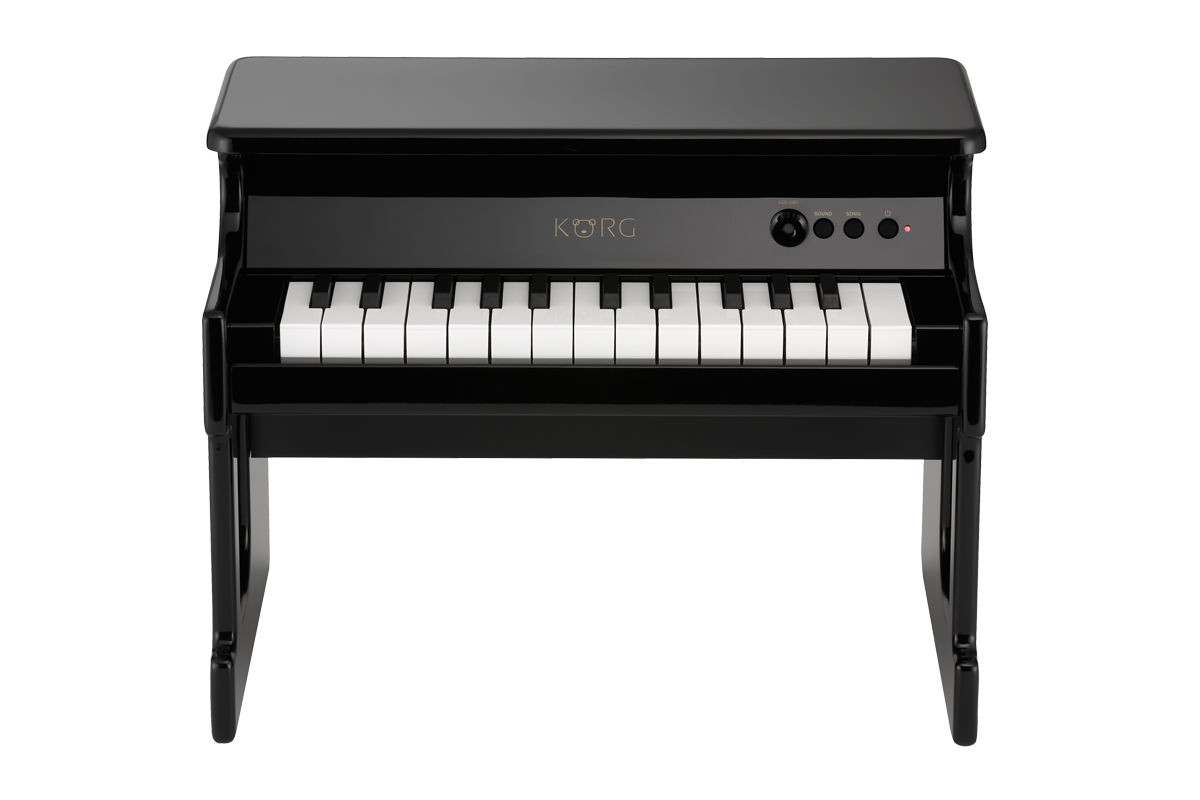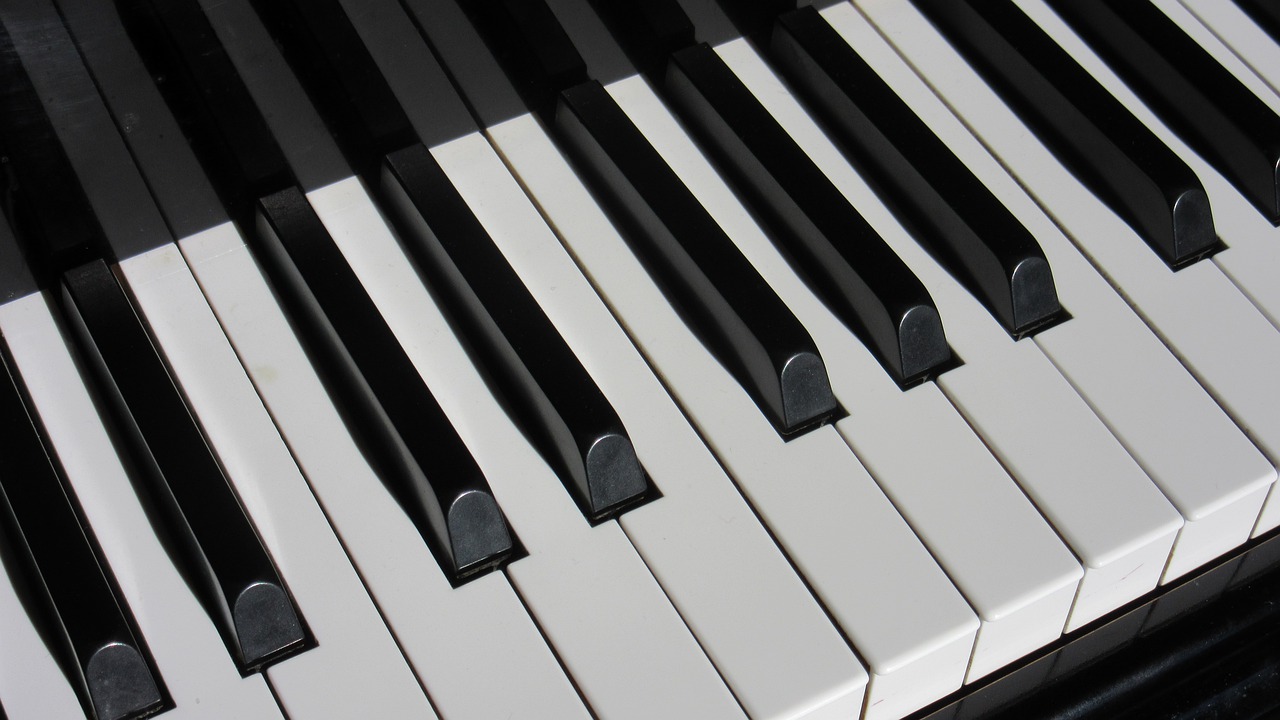Before I actually started playing the piano, I often wondered how many keys are on a piano. It’s a very big, wide instrument and looks very different from the smaller guitars and drums I played with around the house as a kid.
Pianos, with a keyboard layout, are a unique instrument in that they have more available notes that can be played simultaneously than almost any other instrument. Each key on the piano produces a singular, unique note. But how many keys on a piano are there?
To answer this, we will take a look at standard pianos as well as less common pianos that have even more (or even fewer) keys than any standard piano you are likely accustomed to.
How Many Keys are on a Full-Sized Piano?
In total, on a standard, full-sized piano, there are 88 keys on the keyboard, which produce 88 different notes when played. This of course goes for standard acoustic pianos as well as full-sized digital keyboards. Having 7 full octaves and a minor third worth of notes laid out in front of a player at one time makes pianos a popular instrument to compose music on.
How Many Black Keys are on a Piano?
Looking at a piano, you can see there are white keys with raised black keys throughout the keyboard. On a full-sized piano keyboard, there are 36 black keys. The black keys play flat and sharp notes. This means they play notes that are a half-step lower or a half-step higher from their neighboring white (natural) key, respectively.
For example, a C sharp (C#) is the black key just to the right of a C natural (white key) on a piano. That black key may also be notated as or be called a D flat (D♭). This is the same black key as before (see the picture below). It is just to the left of a D natural on a piano. In other words, a C# note is played by the same key on the piano as a D♭. The notation is simply different.

How Many White Keys are on a Piano?
The white keys on a piano play natural notes. On a full-sized piano, there are 52 white keys. These notes range from C through B on a given full octave (see the above picture for a full octave). On a full-sized piano, the lowest key on the keyboard plays an A natural and the highest key plays a C natural, both white keys.
Why Are There 88 Keys on a Piano?
The fortepiano (the first model of a modern piano) was said to be created in 1698 by Bartolomeo Christofori, an inventor and instrument-maker. The fortepiano was designed for better volume control compared to the harpsichord, which is what many composers and players played. It also had a better hammer action as opposed to the harpsichord’s pluck mechanic. This allowed composers and players more control of the music they wanted to produce.
The number of keys varied greatly until the 1880’s when Steinway created a piano with 88 keys (with 7 full octaves plus a minor third). Any notes lower than the A note (first key from the left of the keyboard) or higher than the C note (last key on the right of the keyboard) were thought to be unnecessary. That is from a composition standpoint as well as an auditory standpoint.
In other words, most compositions do not include notes higher or lower than the last C natural or first A natural on the keyboard, respectively. And this is in turn because most notes outside of this 88 key range are difficult for the human ear to distinguish audibly.
However, even though 88 keys became the standard number of keys on a piano and are the most practical, there are still some pianos made with fewer or even more keys.
Pianos with Fewer Than 88 Keys
As mentioned above, there are some pianos made with fewer than 88 keys. These are mostly digital keyboards (61 key keyboards are very common) so that beginners can practice at a cheaper cost. Most beginners are not yet playing pieces with wider tonal ranges that require more of the keys on a full-sized piano.

Another type of piano called the kinderklavier, (German for child’s piano or toy piano), is one that usually has only a few octaves, and around 30 or fewer keys. The kinderklavier was initially invented and intended to be a children’s toy. In fact, many of the keys do not actually play the same notes when compared to a traditional piano. However, despite being more of a novelty instrument, it is still used in some compositions with its bell-like sound.
Pianos with More Than 88 Keys
There are also pianos with more than 88 keys. These are also very rare, but do exist. They are not extremely practical as there isn’t really much music composed using notes beyond the 88 notes found on a standard keyboard. Yes, technically there is increased tonal range with more keys, but the additional notes simply aren’t very common or practical.
Interestingly, Bösendorfer produced a 97 key piano with the 9 extra keys on the left (bass) side of the keyboard being painted all black. The would-be white keys are painted black to clearly signify that those are the extra keys. There is even a 102 key piano called the Big Beleura, which is among the pianos with the most keys anywhere in the world.
Wrapping Up
Most full sized pianos that have been produced since the Steinway design became the standard in the late 1800’s have an 88 key keyboard. This breaks down to 7 octaves with an additional 3 keys (a minor third). The 88 key keyboard was found to be the optimal design for players, composers, and people who simply listen to piano compositions being played.
Of course, fewer key keyboard designs (mostly digital keyboards) are available for players that are just starting out, though this is not the standard. Piano keyboards with more than 88 keys, though rare and not the most practical, are also available, but are more of a novelty and can run quite expensive due to their rarity and craftsmanship.

